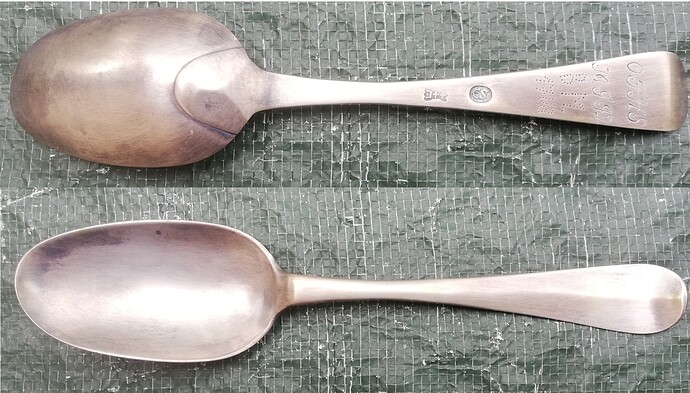Some time ago I got an old spoon (see photo). There is a date on it (1703) but after some research I found that probably it is older.
As per hallmarks I suspect that it originates from Gdańsk (now Poland/German Danzig) from the second half of 17th century.
I was even able to find a possible maker (a Christian Schubert master in 1644) based on CS initials.
However, as I am not very experienced I would like to get an independent confirmation.
If I am right is it possible to narrow the manufacturing period?
Thank you in advance for any help.
Regards,
Georg
